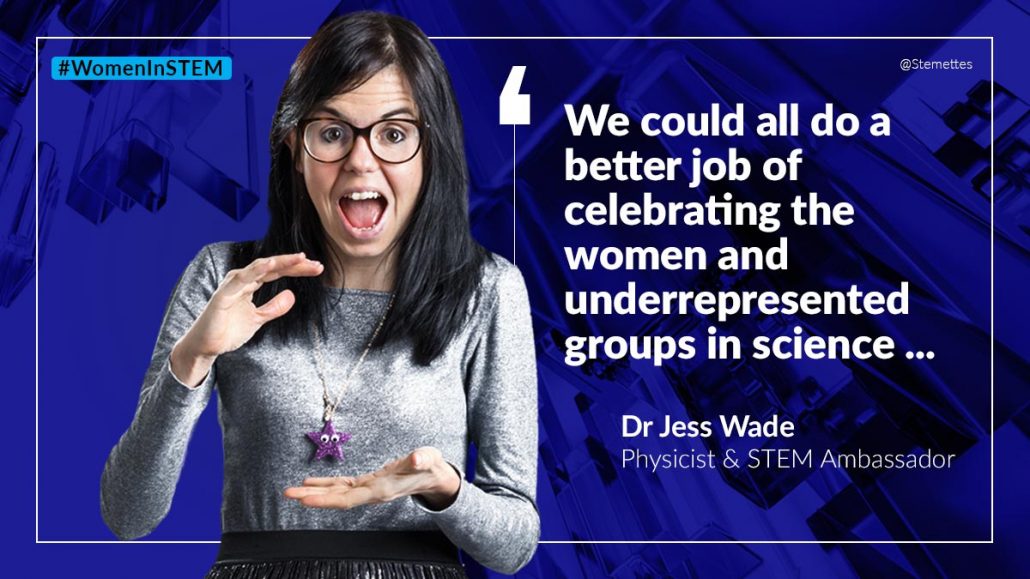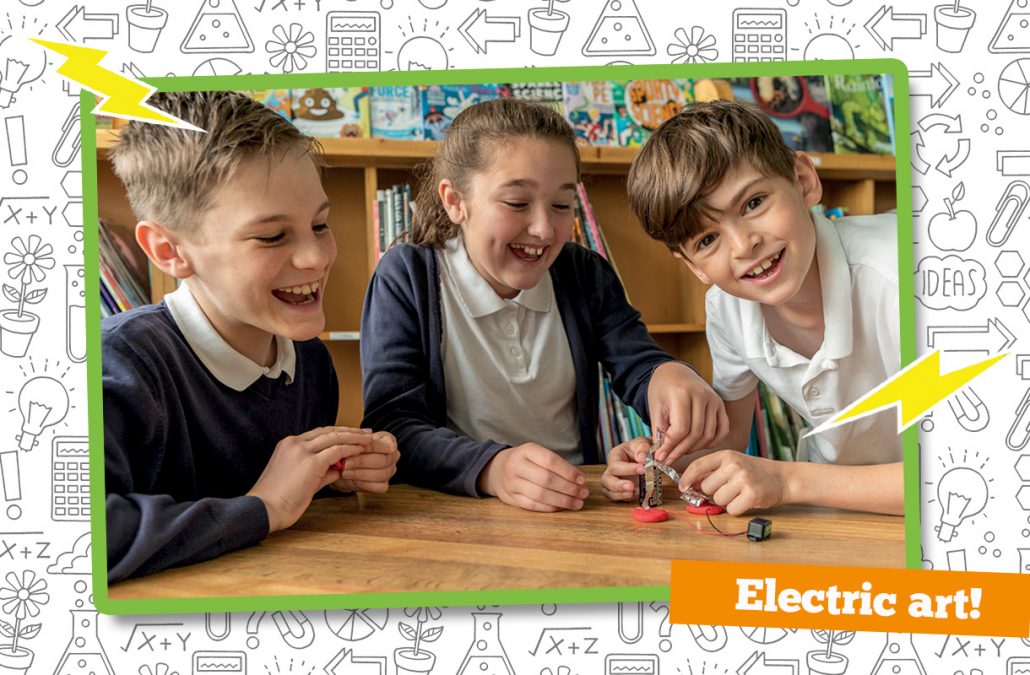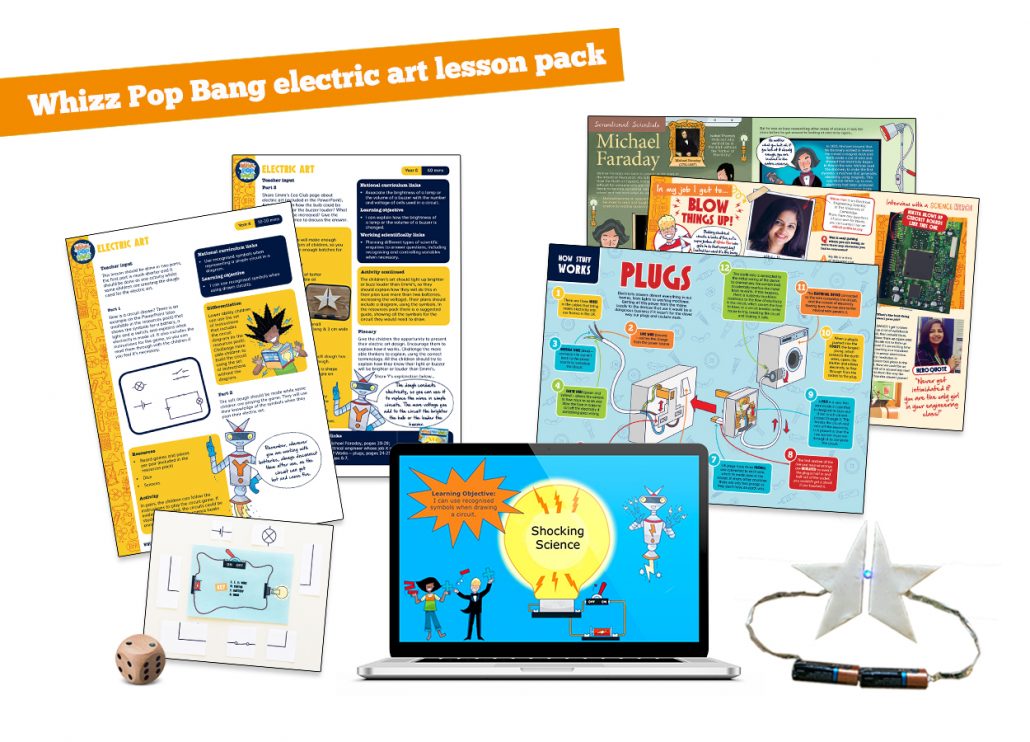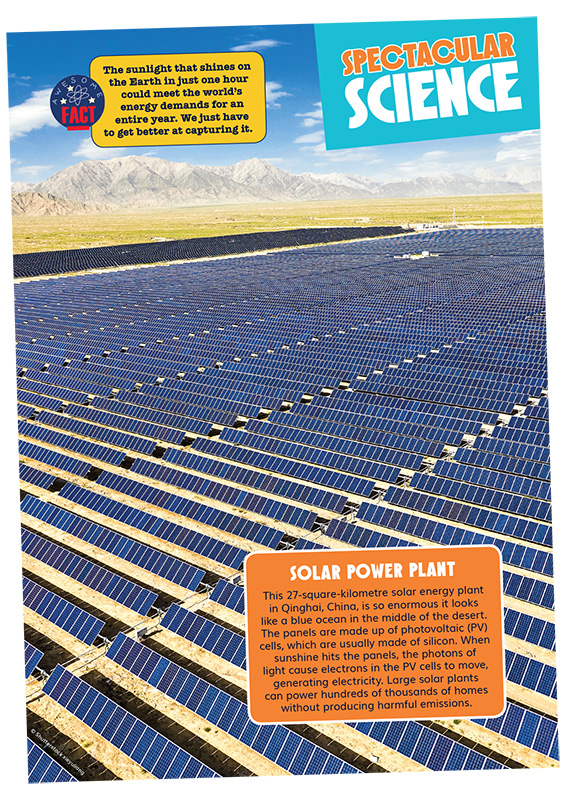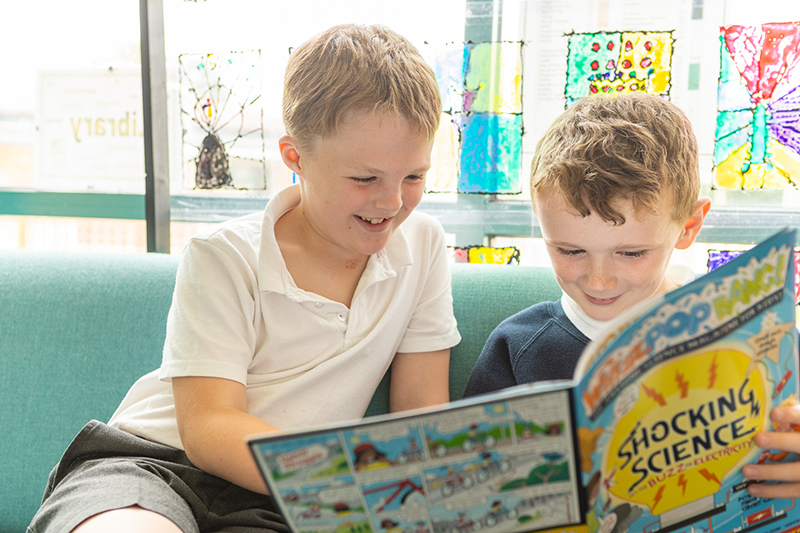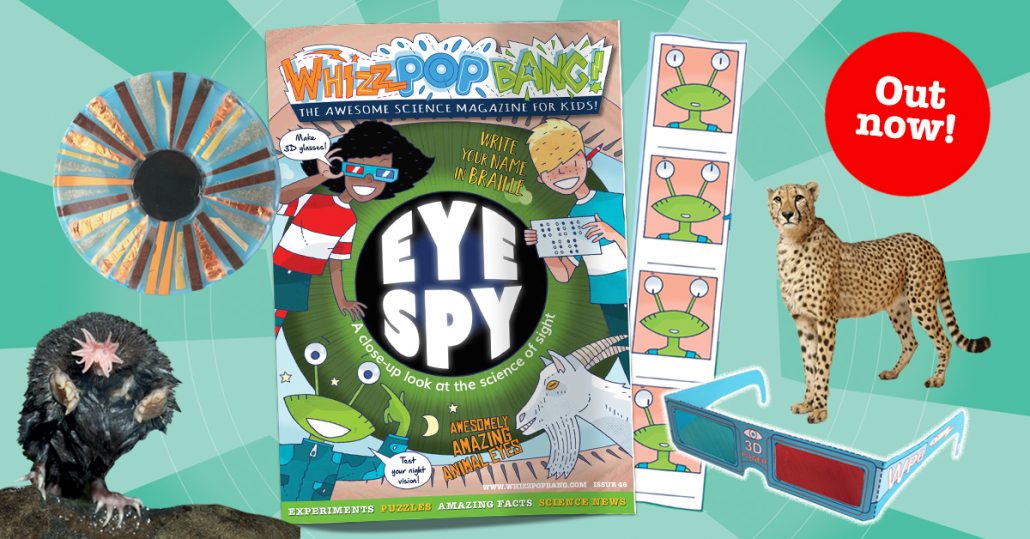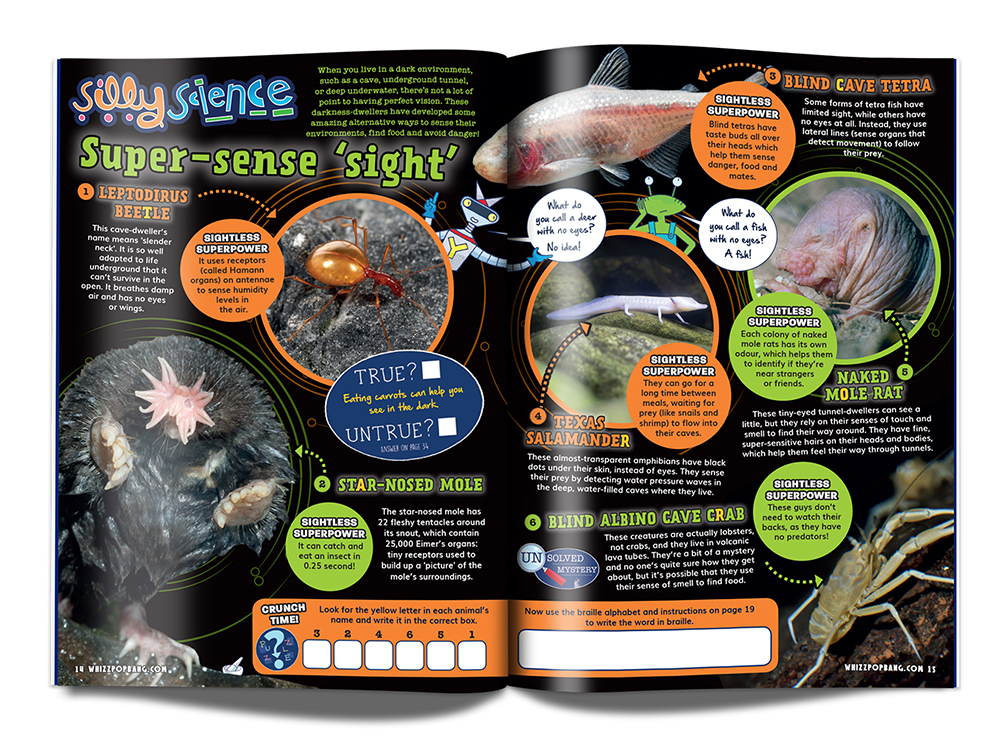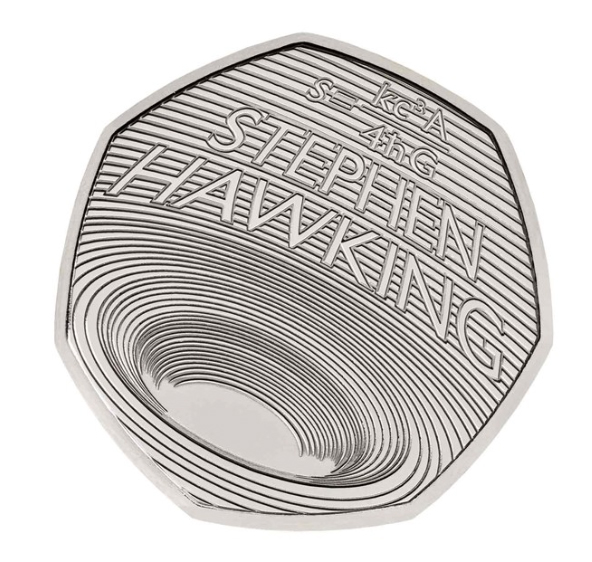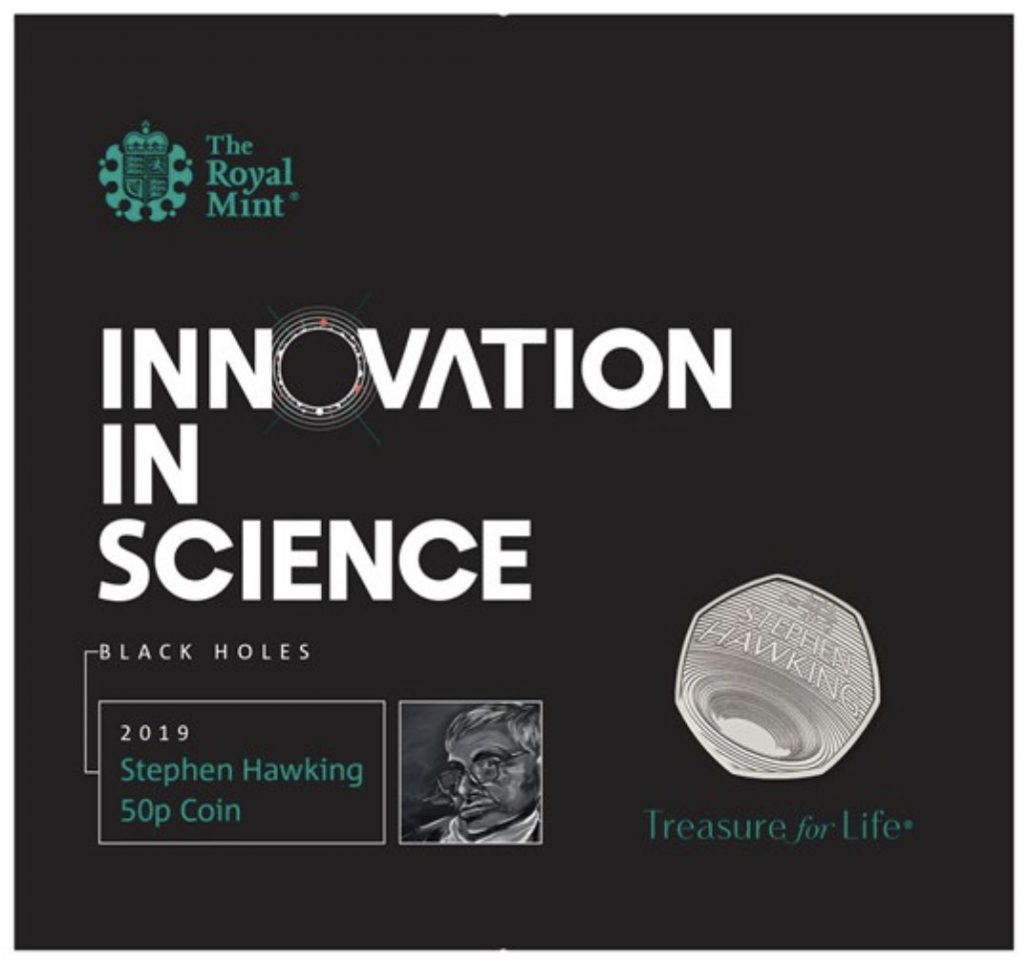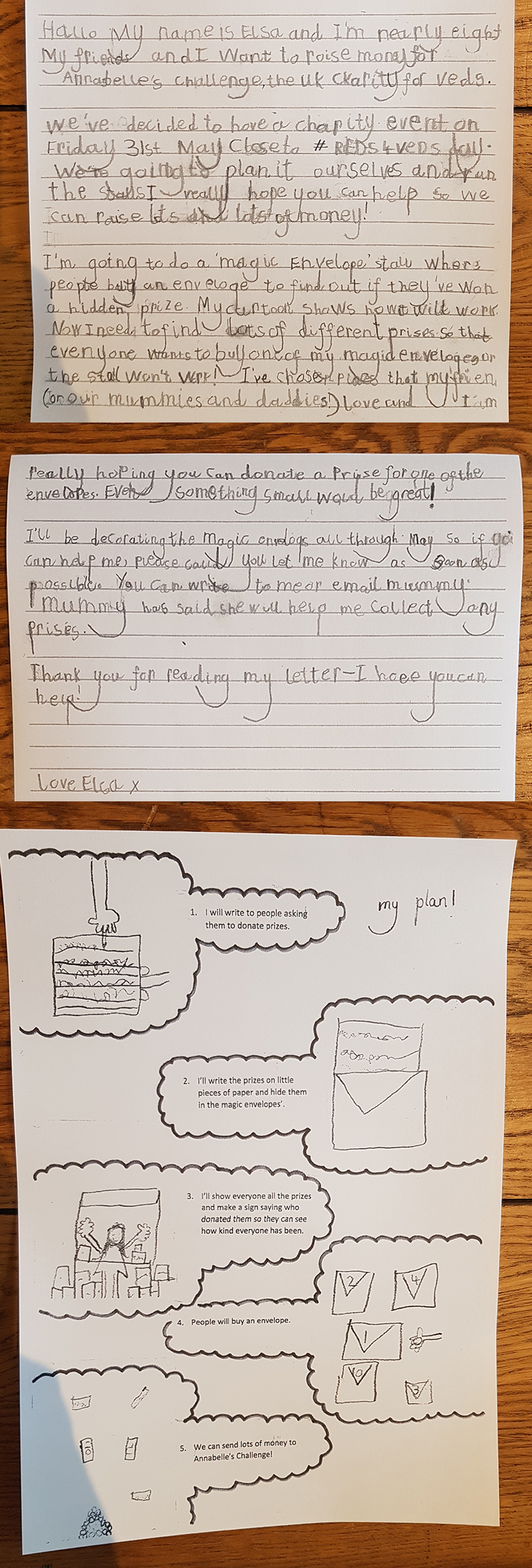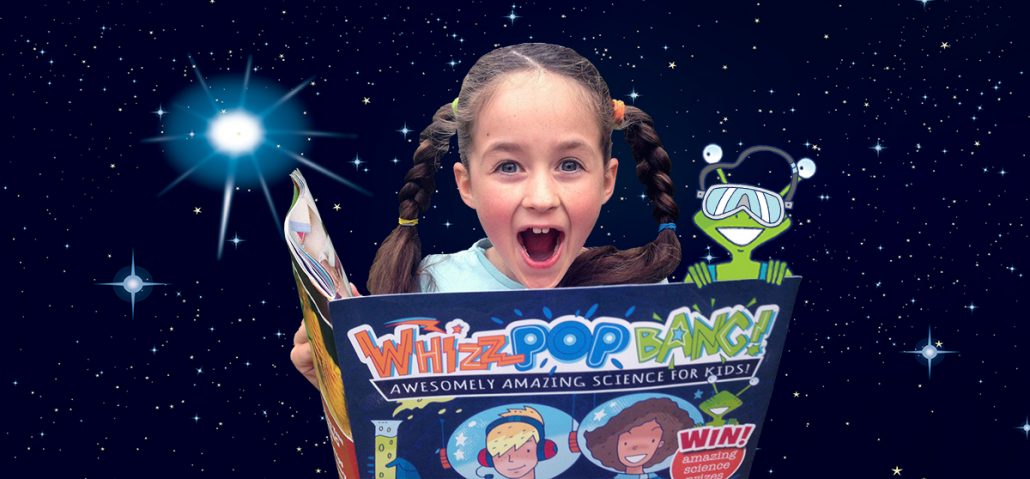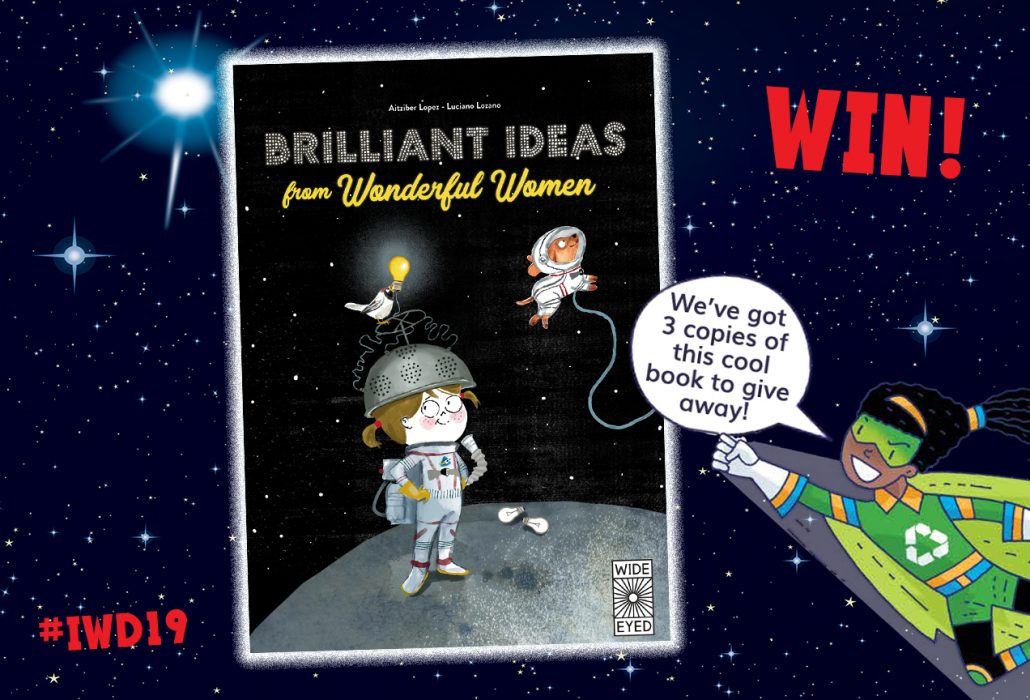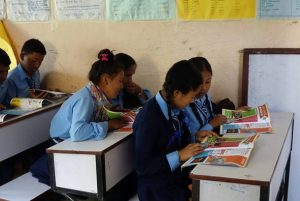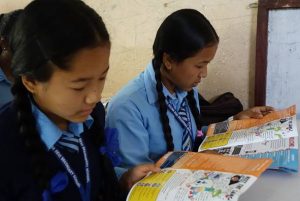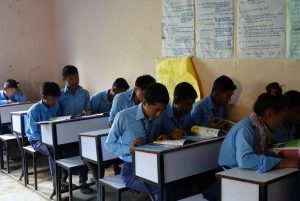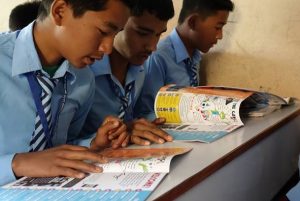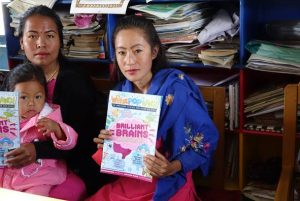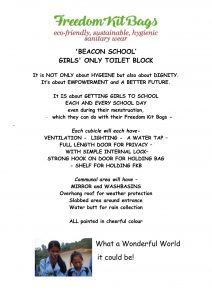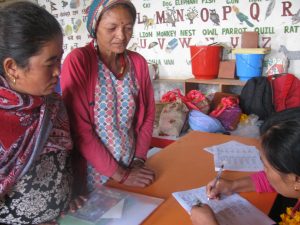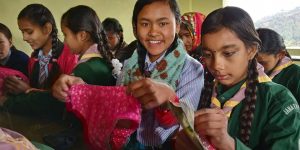The Whizz Pop Bang Pee Power issue is proving a big hit! We’re loving this review posted by a teacher on facebook…
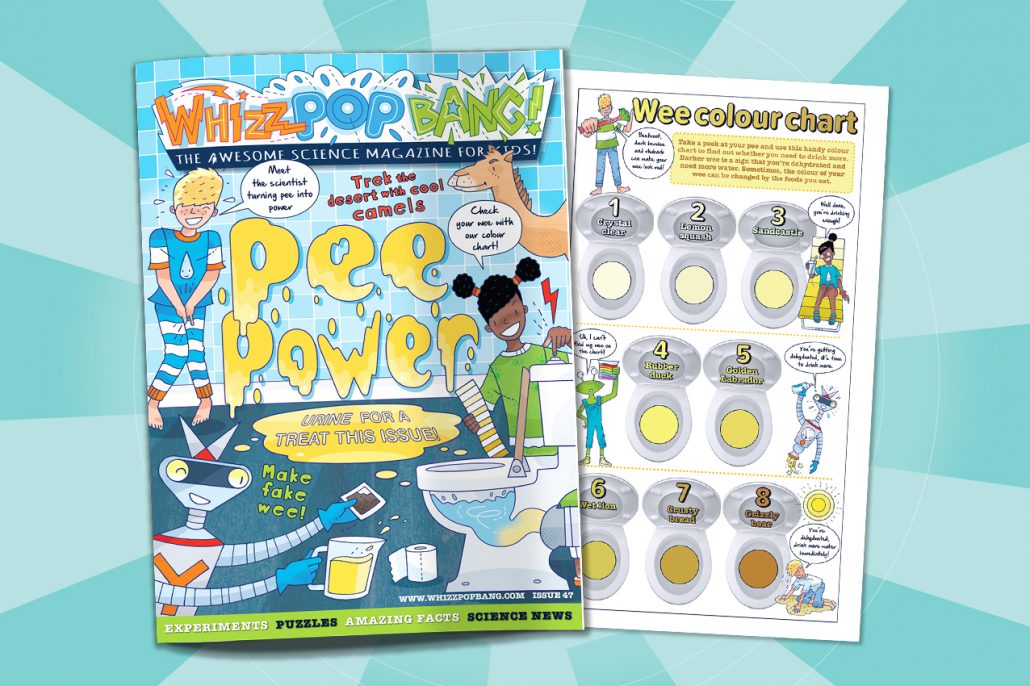
“I told one of my classes of girls that following the very popular issue all about pooh the latest issue is all about wee. They were very excited. Where but in a science lesson can children talk about wee and pooh? A few months ago we were testing acids and alkalis using pH paper and I mentioned that a couple of years ago one girl tested her urine. Quite a few hands went up to volunteer to do the same, so of course I let a couple of girls go off to the loo with plastic cups. And instructions not to spill them on the way back! My girls love WPB; they can read them if they finish their science early or if we have a few minutes. Most popular with 6 year olds for some reason!”
Madeleine Holmes
Looking for ways to build girls’ confidence in science?
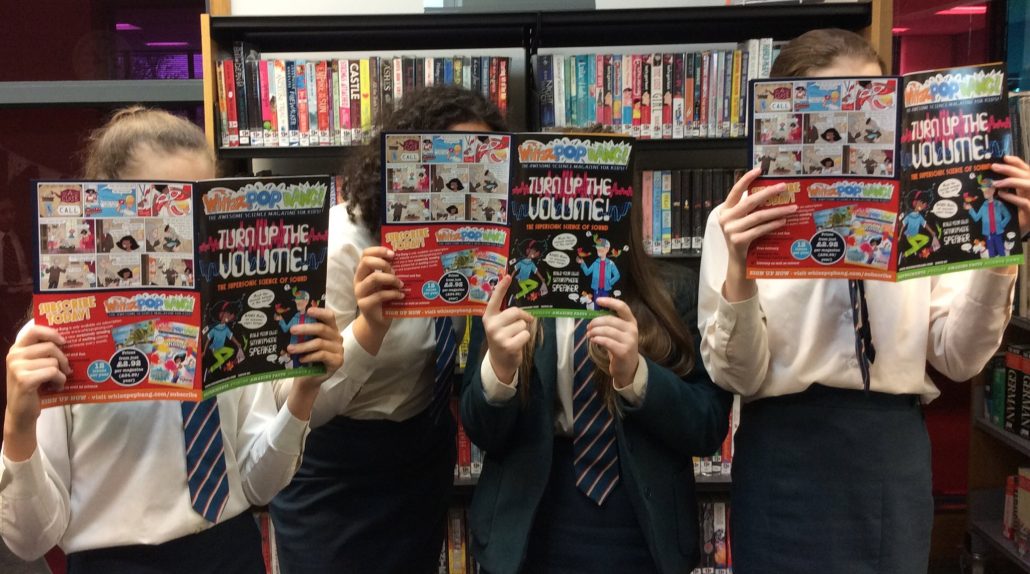
“The positive work that Whizz Pop Bang does to challenge and break down gender stereotypes has really hit a chord with the girls in our school. They love everything about the magazine, from its gender balanced covers to the articles and practical ideas that appeal to them and especially the features on contemporary and historical female scientists and engineers.
Every issue features female scientists discussing their jobs, and there’s rarely a month goes by without girls in my class asking about how you get in to engineering, or become a fossil hunter. The content and the presentation are really helping to open primary school-aged girls’ eyes to the huge variety of careers they could follow and helping them realise that there is no such thing as a job women can’t do!
The focus on historical scientific figures such as Agnes Arber, Florence Nightingale and Rachel Carson has encouraged girls in my class to engage in independent research into significant female scientists of the past and their contributions. It’s also sparked debates in class about why, historically, there are so few prominent women in scientific fields and, most importantly, what they want to do to change this. Whizz Pop Bang has inspired many of the girls in our school to think about and consider careers that they would never have been aware of otherwise. We have seen a marked increase in girl’s interest in, and engagement with, STEM subjects. This year our science club was 70% girls and 8 out of 12 of our Science Lab Technicians were girls.”
Paul Tyler, Mearns Primary School, Glasgow
Supporting upper KS2 with SATS…
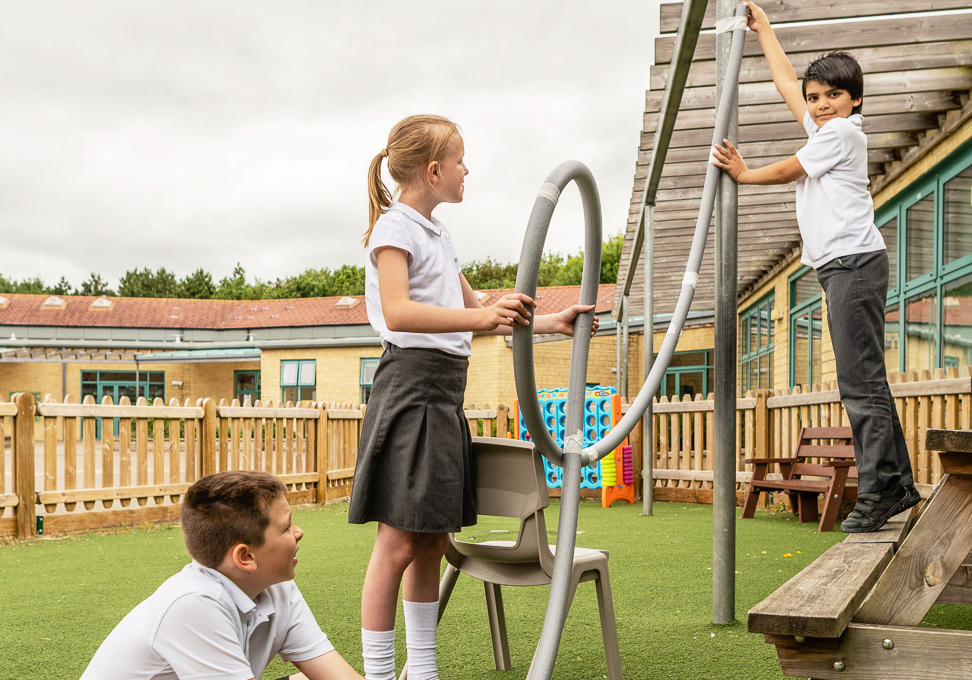
“Using Whizz Pop Bang has revitalized our science teaching. The quality of the resources are first class and particularly support cross curricular links through the reading comprehension activities. We have found these to be particularly useful at the upper end of KS2 where science can be used as a vehicle to support SATs, making use of skills of inference and deduction based on relevant scientific topics. In addition the planning offers exciting practical ideas, particularly useful to teachers who are not scientific specialists. The children absolutely love carrying out the real-life experiments.”
Sally Cowell, Head teacher at Shaw Ridge Primary school, Swindon
Science ideas for gifted and talented groups
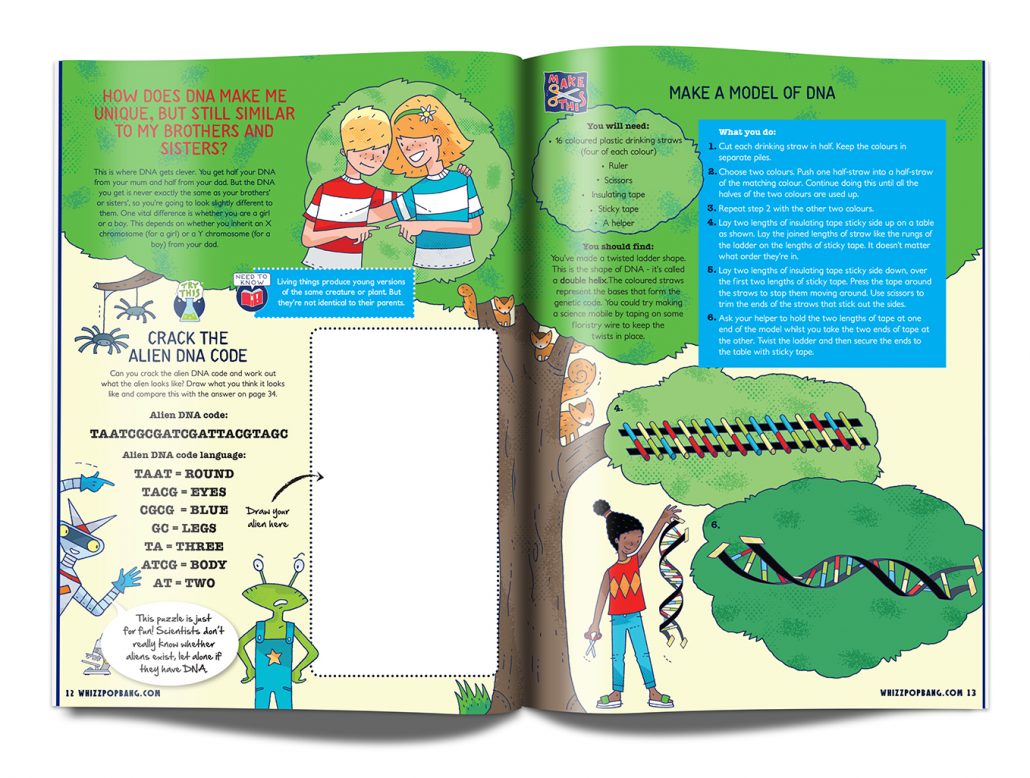
“I originally ordered Whizz Pop Bang for my then 7 year old. At the time, I was a microbiologist with a real passion for science and wanted my children to have the same passion and natural curiosity. Following the birth of my second child, I retrained as a primary school teacher, specifically Early Years. My passion for science never left me and I like to use science investigations with my class of 4 and 5 year olds to promote cross curricular learning and natural curiosity. I also run the Gifted and Talented group for which I also use ideas and investigations from Whizz Pop Bang. Recently we made the straw DNA model. The children loved it. The investigations can be tailored to any age group from 4 – 12. I absolutely love it.”
Mrs Sara Thomas, Holy Rosary Catholic Primary School, Burton upon Trent
Find out how Whizz Pop Bang can transform science in your school with our monthly magazines, and new downloadable science and reading resources! Visit our schools page for more info and to download a free sample pack.

